In the bustling world of logistics and transportation, a critical concern for fleet operators, owners, and drivers alike remains fuel efficiency. For semi-trucks, often defined by their large size, weight, and load capacity, optimizing fuel consumption is not merely a matter of cost—it’s a decisive factor impacting operational viability and environmental sustainability. This article delves deeply into a fundamental query in the trucking industry: how many miles per gallon does a semi trailer get?
Factors Affecting Fuel Efficiency in Semi Trailers
Understanding the fuel efficiency of semi-trailers is complex, influenced by various parameters. Below are the primary factors that determine how many miles per gallon a semi-trailer will achieve:
| Factor | Description |
|---|---|
| Vehicle Weight | The heavier the load, the more fuel is consumed. |
| Aerodynamics | Streamlined designs reduce drag, improving fuel efficiency. |
| Engine Type | Different engines (diesel vs. electric) have varying efficiencies. |
| Tire Type and Pressure | Properly inflated, low rolling resistance tires can enhance MPG. |
| Driving Habits | Aggressive driving (rapid acceleration/braking) decreases fuel efficiency. |
| Terrain | Hilly or mountainous terrains consume more fuel than flat roads. |
| Weather Conditions | Rain, wind, and snow can lower fuel efficiency significantly. |
| Maintenance | Regularly serviced vehicles operate more efficiently. |
Vehicle Weight and Load Type
A semi-trailer’s weight plays an integral role in fuel efficiency. Regulatory weight limits for semi-trailers in the U.S. can reach up to 80,000 pounds (or 40 tons). While an empty semi might achieve better miles per gallon—typically ranging between 6 to 8 miles per gallon (MPG)—as the load increases, fuel consumption rises. The simple rule of thumb is that every additional 1,000 pounds can decrease fuel economy by roughly 1%, underscoring the importance of load management.
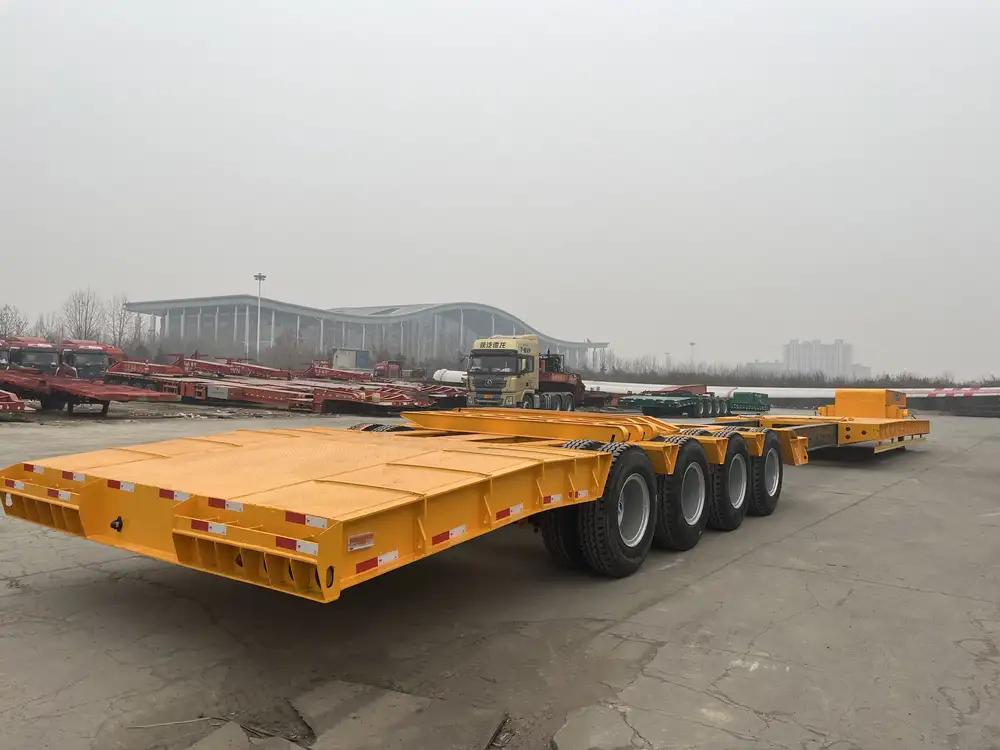
Aerodynamics: The Science Behind Efficiency
The design of a semi-trailer significantly impacts its fuel efficiency. Aerodynamic drag becomes a key player at highway speeds—typically 55 to 75 mph. Utilizing rounded edges, streamlined shapes, and aerodynamic components such as side skirts and trailer tails can improve fuel economy by as much as 10-15%. This consideration becomes critical for operators looking to maximize their MPG and minimize costs.
Engine Specifications
The engine performance of a semi-trailer is pivotal. Most semi-trucks utilize diesel engines—known for their endurance and fuel efficiency, often averaging about 6-7 MPG. In contrast, emerging electric and hybrid technologies are entering the market, although still grappling with issues of range and refueling infrastructure but showcasing promising efficiencies.
The Importance of Tire Management
The tires of a semi-trailer directly affect rolling resistance. Under-inflated tires can lead to increased fuel consumption; it is recommended to maintain tire pressure regularly as a best practice. Additionally, selecting low rolling resistance tires can further boost fuel efficiency, with improvements potentially reaching up to 3% in some instances.
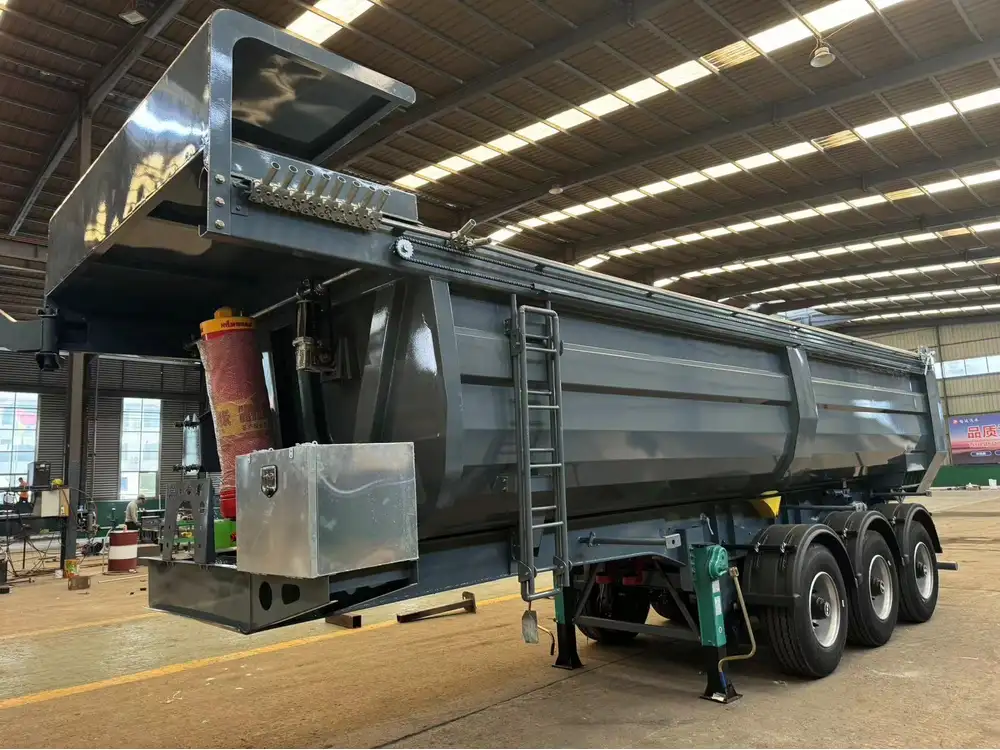
Average MPG by Truck Class
Fuel efficiency can vary by truck class and usage patterns. Below, we present a breakdown of average miles per gallon by different classes of trucks:
| Truck Class | Typical MPG |
|---|---|
| Class 8 (Heavy-duty) | 6 – 8 MPGs |
| Class 7 (Tractor trucks) | 7 – 9 MPGs |
| Class 6 (Medium-duty trucks) | 8 – 10 MPGs |
Driving Habits and Fuel Economy
Driver behavior dramatically influences fuel consumption trends. Techniques such as smooth acceleration, maintaining steady speeds, and timely braking can enhance miles per gallon. Fleets often invest in driver training programs that focus on fuel-efficient driving practices, leading to savings that compound over time.
Impact of Terrain and Weather
It’s important to acknowledge situational dynamics—different terrains significantly impact fuel consumption. Long stretches in mountainous regions can halve efficiency compared to traveling on flat roads due to the added strain on the engine. Additionally, inclement weather conditions, including rain and snow, can increase resistance and reduce traction, further impairing fuel efficiency.

Maintenance: Key to Longevity and Efficiency
Regular maintenance is fundamental to ensuring a semi-trailer operates at peak efficiency. Scheduled check-ups for engines, fuel systems, and emissions systems prevent costly breakdowns and maintain fuel efficiency:
- Oil Changes: Recommended every 15,000 miles or based on manufacturer specifications.
- Air Filters: Should be replaced at regular intervals to ensure adequate airflow to the engine.
- Fuel System: Regular maintenance ensures injectors are clean and functioning optimally.
- Brakes and Drivetrain: Properly functioning components reduce strain and maximize efficiency.
Innovative Technologies Enhancing Fuel Efficiency
The trucking industry increasingly invests in advanced technologies to enhance fuel efficiency. These innovations are essential considering fluctuating fuel prices and environmental regulations. Key developments include:
Telematics and Fleet Management Systems
Telematics solutions track fuel consumption, driver behavior, and vehicle performance metrics. Fleet operators can analyze this data to identify inefficiencies and implement corrective strategies, improving overall MPG across their fleets.
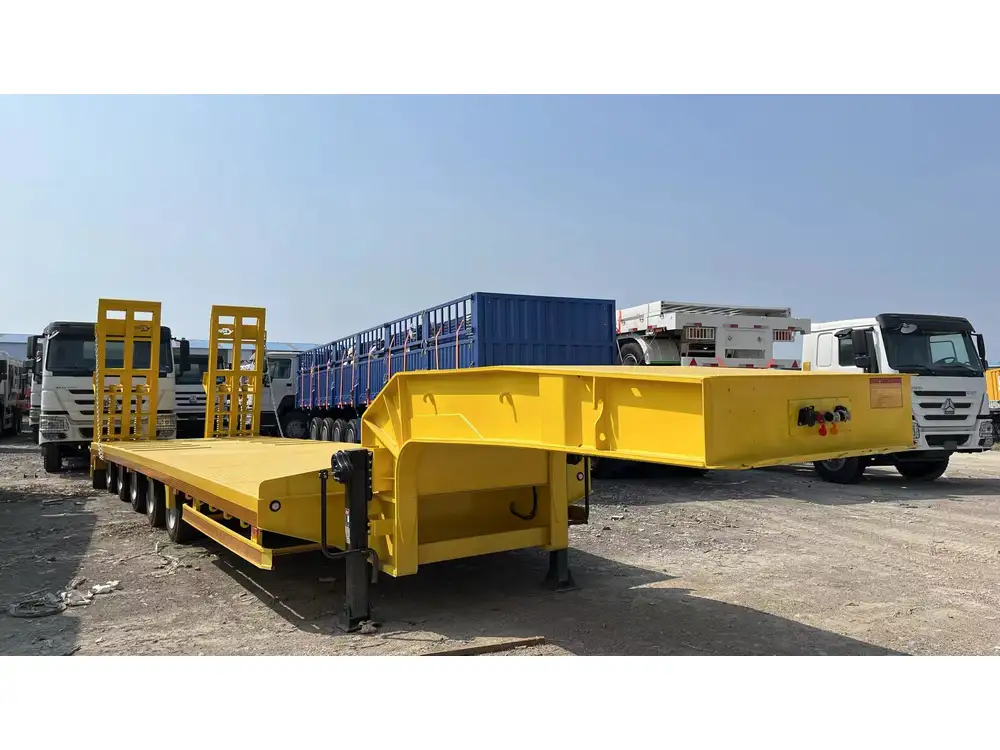
Advanced Driver-Assistance Systems (ADAS)
ADAS technologies, including adaptive cruise control and automated braking systems, help stabilize driving conditions, which can lead to enhanced fuel efficiency. These innovations reduce unnecessary fuel consumption caused by erratic driving.
Hybrid and Electric Powertrains
With the advent of stricter emissions regulations, hybrid and fully electric semi-trailers have gained traction. While still in nascent stages for long-haul applications, these powertrains promise reduced dependence on fossil fuels and lower emissions footprints.
Real-World Applications: Case Studies
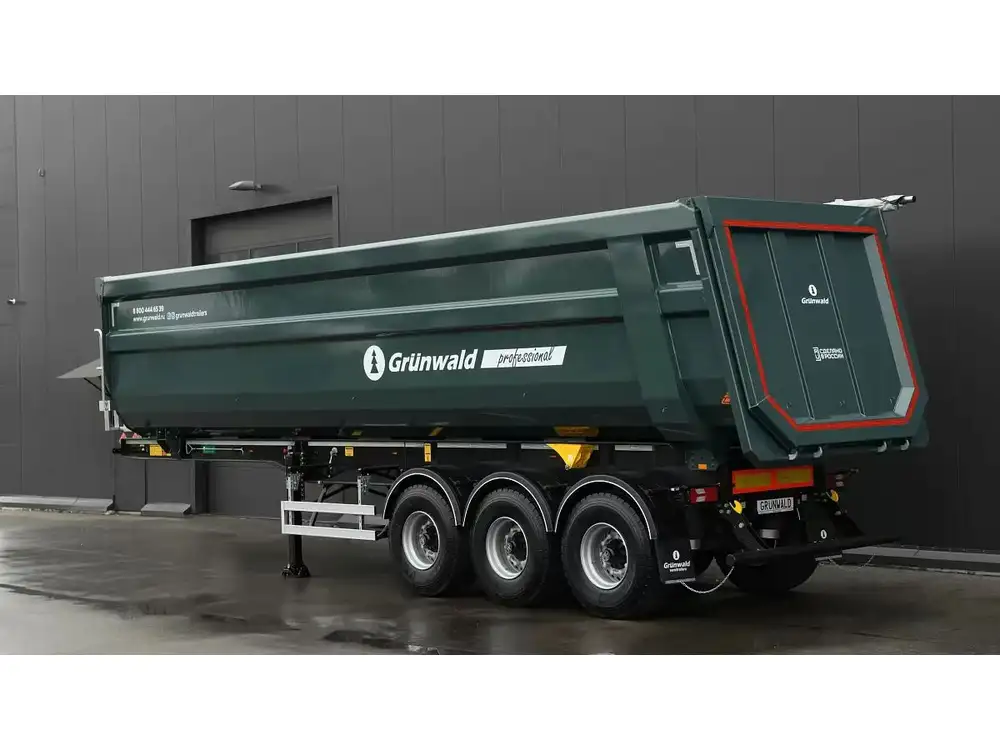
Case Study: ABC Logistics
ABC Logistics operates a fleet of 50 Class 8 trucks focusing on long-haul transportation. By implementing a combination of aerodynamic improvements (including trailer skirts), tire pressure management, and driver training, they increased their average miles per gallon from 6 to 8.3 over two years, translating to substantial savings in fuel costs.
Case Study: XYZ Transport
XYZ Transport, focusing on last-mile delivery, reduced its fuel consumption by 12% by integrating telematics and adopting a rigorous maintenance schedule. By adjusting driving behaviors based on data insights, they improved operational efficiencies significantly.
Conclusion: Balancing Efficiency and Cost
Understanding how many miles per gallon a semi-trailer gets is not simply a number; it’s intertwined with numerous variables that encapsulate the vehicle’s overall performance. Fleet operators face a complex matrix of factors impacting fuel efficiency—from weight and aerodynamics to driving behaviors and maintenance practices.
Embracing innovative technologies and rigorous management practices can yield impressive results, turning a seemingly straightforward inquiry into a pivotal area for continued exploration. By addressing these nuances and employing data-driven strategies, fleets not only improve their bottom line but also contribute to a greener logistic landscape.
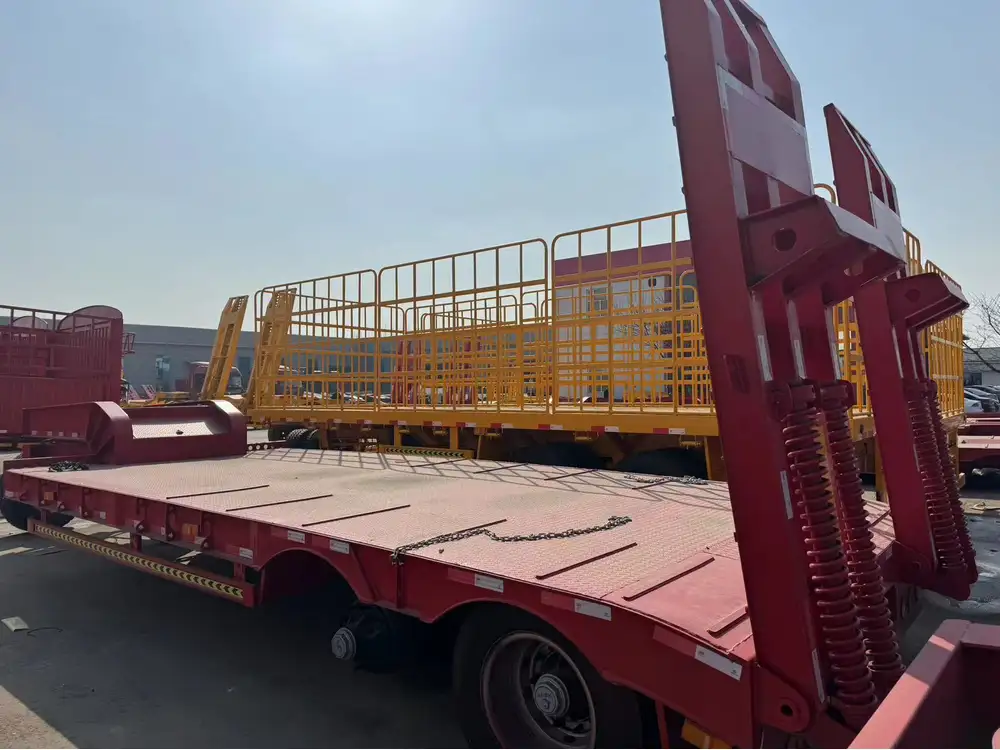
FAQs
1. What is the average fuel efficiency of semi-trailers?
A: Typically, semi-trailers achieve between 6 to 8 miles per gallon, depending on several influencing factors.
2. How does load weight affect MPG?
A: Increased load weight often decreases fuel efficiency; every 1,000 pounds can reduce MPG by approximately 1%.
3. What driving behaviors can help improve MPG?
A: Smooth acceleration, maintaining constant speeds, and strategic braking can positively affect fuel consumption.
4. How can technology improve semi-trailer fuel efficiency?
A: Technologies such as telematics for data monitoring, advanced driver assistance systems, and aerodynamics enhancements can significantly boost fuel efficiency.
Achieving optimal fuel efficiency is achievable through a comprehensive understanding of the factors at play, meticulous maintenance, and an openness to innovative techniques and technologies. The road ahead is paved with possibilities, driving both economic benefits and environmental accountability for all stakeholders in the transportation industry.



